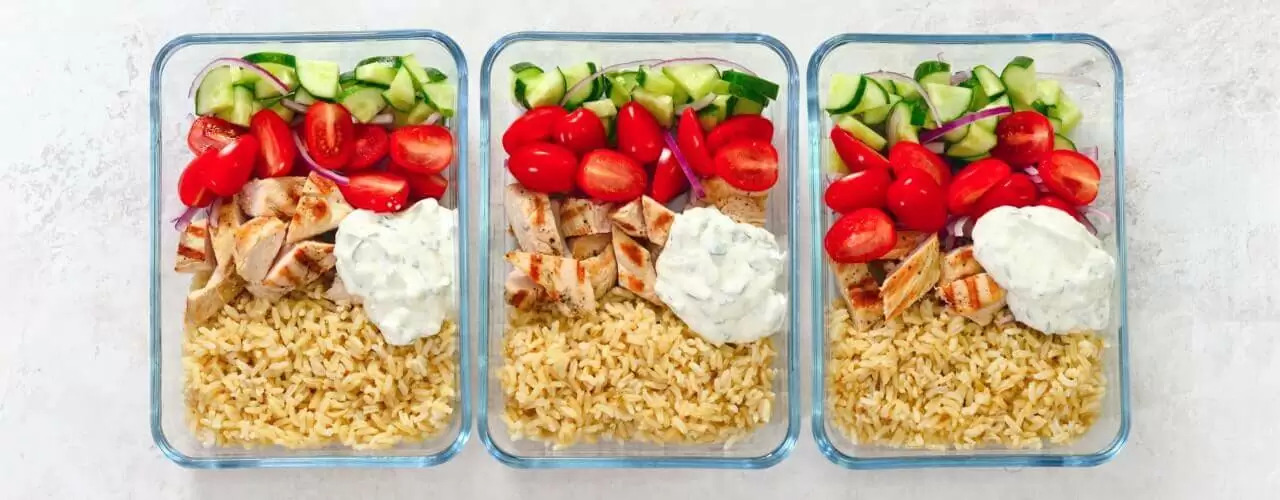Who says that getting healthy has to be a chore? You’ll be delighted to learn that simply by modifying your diet, you can get chronic pain and inflammation under better control (or possibly even avoid those symptoms entirely). Better yet, the diet you choose doesn’t have to taste like a punishment for previous bad behavior. We recommend dietary changes alongside exercises and other natural techniques as part of a holistic physical therapy program. Try replacing some of your old, regrettable menu items with this pain-reducing, anti-inflammatory diet.
Lean Protein Choices (Instead of Fatty Fried Meats)
It’s all too easy to settle for hamburgers, fried chicken, deli meats and other convenient protein sources — but they don’t seem so convenient once the pain and inflammation set in. You can easily correct this problem by switching to healthier proteins that include all the nutritional value without the inflammatory properties. Try gracing your table with fish (especially fatty fish such as tuna or salmon, which are high in anti-inflammatory omega-3s), tofu dishes and legumes.
Colorful Fruits and Vegetables
Fruits and vegetables come in an eye-popping array of colors, from deep purple and brilliant green to neon orange and brilliant yellow. But these colors aren’t just for show; they’re a sign that you really need to be eating more of these foods. The amazing colors are provided by antioxidants, nutrients that posses powerful anti-inflammatory powers. Broccoli and cabbage are loaded with Vitamin K, a notable inflammation fighter. Make fruits and vegetables a cornerstone of your diet, and you’ll be well on your way to feeling better.
Gut-Friendly Yogurt and Fermented Foods
There’s a constant battle going on in your gut between “bad” bacteria (which promote inflammation, chronic pain and digestive discomfort) and “good” bacteria (which support digestive health by crowding out the “bad” bacteria). You can give the good guys an edge by adding plenty of probiotic foods to your diet. Options include low-fat yogurt and fermented products such as kimchi, sauerkraut, miso and pickles.
Health-Enhancing Spices
As delicious as these foods are, you’ll most likely want to add a little spice here and there. Fortunately, mother Nature has provided a whole catalog of herbs and spices that actually help to reduce pain and inflammation. If you enjoy Indian food, for instance, you’ll love the fact that turmeric contains curcumin, a powerful inflammation reducer. Garlic offers high levels of diallyl disulfide, another natural anti-inflammatory. Cayenne pepper is rich in a natural pain reliever called capsaicin. Don’t forget the oregano for a healthy dose of antioxidants.
Naturally Nice Desserts (Instead of Refined Sugar)
Refined sugar is notorious for feeding painful inflammatory disorders and symptoms. In fact, just one sugary soda per day has been shown to increase rheumatoid arthritis symptoms in women by 68 percent. The good news is that you can have a pretty sweet diet without the sugar. Try serving fresh or frozen fruit at the end of a meal for a refreshing change that won’t set off your pain sensors. If you must use a packaged sweetener, a natural option called stevia is probably the next-healthiest choice.
A Tasty Complement to Physical Therapy
As you start to feel the pain-relieving, anti-inflammatory benefits of your new dietary habits, you can get even more benefit from physical therapy and other pain management options. Our physical therapist can help you construct an entire lifestyle plan that incorporates diet, exercises, healthy ergonomics, and other strategies for helping you feel great. Contact us today!

